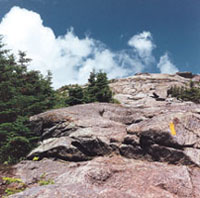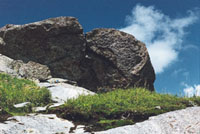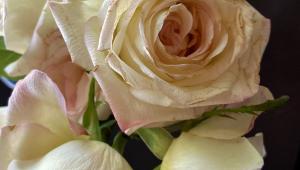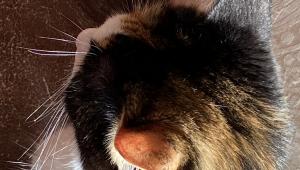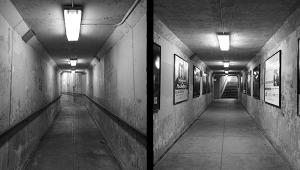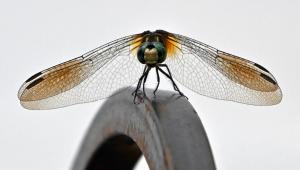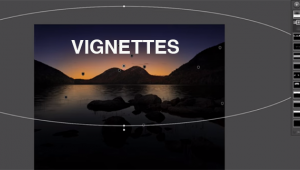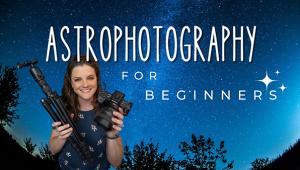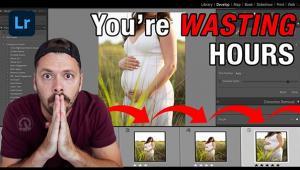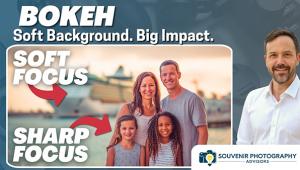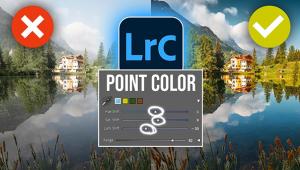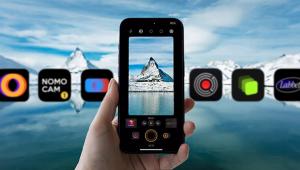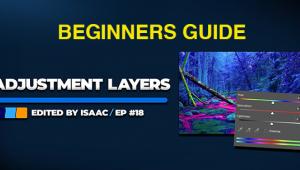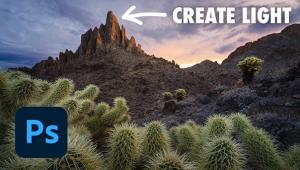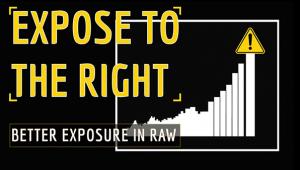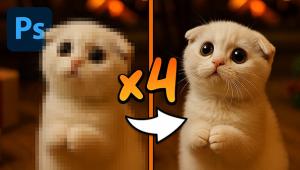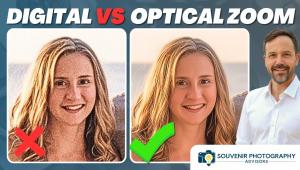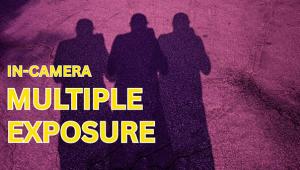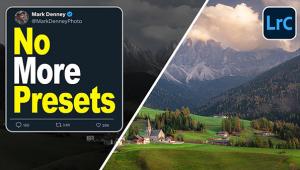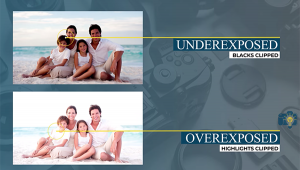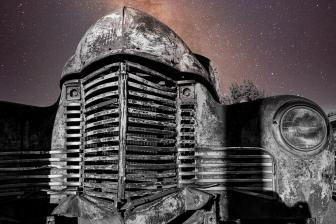The 21/4 Square Format
It Is Big Enough To Be Almost Whatever You Want It To Be
The 6x7 negative or transparency
is considered the ideal format. Bigger is better. There's less
of a grain problem when you make big prints from fast film. In black
and white the bigger negative also means an expanded gray scale. It's
easier to dodge or burn in and you get that rich looking print with
less effort than with 35mm, lets say. Okay, I agree with all that to
a point, but after years of shooting with 21/4x21/4 I think its the
true ideal format. |
|||
My first 21/4 was a Rolleiflex
with a Schneider Xenar lens, not considered as good as the Zeiss Tessar
on the more expensive model. It worked for me. While I do shoot 35mm and
even 4x5, I still return to the 21/4 format because of its flexibility.
These days I've added a Hassleblad to the two Rolleis I now own
and shoot with all three, but I certainly don't limit myself to
the square format. The square format is the basis for any format I choose. |
|||
I've made prints from
the center of a negative, cropping down to something only slightly larger
than 35mm. I own only one lens for the Hassleblad since I still haven't
won the lottery. The overall image size makes my one lens pretty flexible.
I crop tightly for close-ups and sections of an overall landscape. As
I said earlier, I feel restricted by conventional paper sizes and/or film
formats. The square format sets me free. I may decide on a horizontal
or vertical format when I make the exposure, or I look at the contact
sheet and try to decide the shape of the print. In the darkroom I follow
the crop as closely as possible. One negative might even yield two or
more print ideas. The square image itself may be the perfect format. |
|||
There are two obvious ways
to handle the paper for the final image size in printing a panoramic format
from a 21/4 square negative. You can print the entire negative and then
cut the image to size on your trimmer, or cut the paper to the desired
size before you make the print exposure. I use both systems. With the
first I may be searching for the image area I want to use and the exact
size of the final print. An Art Director taught me trimming board cropping.
Often I make the print and then start trimming until I see the image I
want. |
|||
Getting started with the square format can be expensive--but not necessarily. You never know what you'll find on a camera store shelf. I walked into a local camera store and found a used Hassleblad 500C for under $1000. Still not cheap except by comparison to a newer much more costly model. TLRs can be a lot less expensive. In addition to Rolleiflex, Minolta, Yashica, Mamiya, and others produced pretty good TLRs. In fact, those TLRs were the first break from the Speed Graphic. News photographers and photojournalists found themselves with a camera that was faster, lighter, more maneuverable, and relatively inexpensive. A little searching in the mail
order ads in this issue just might turn up a used camera bargain for under
$200. Shutter speed is limited to 1/300 sec, but for most photography
that shouldn't be a problem. I have no idea of the quality or how
sharp the lens, but the camera has been around for a long time. It might
work for you as an entry-level machine. As with all mail order buying,
find out about the return policy. |
